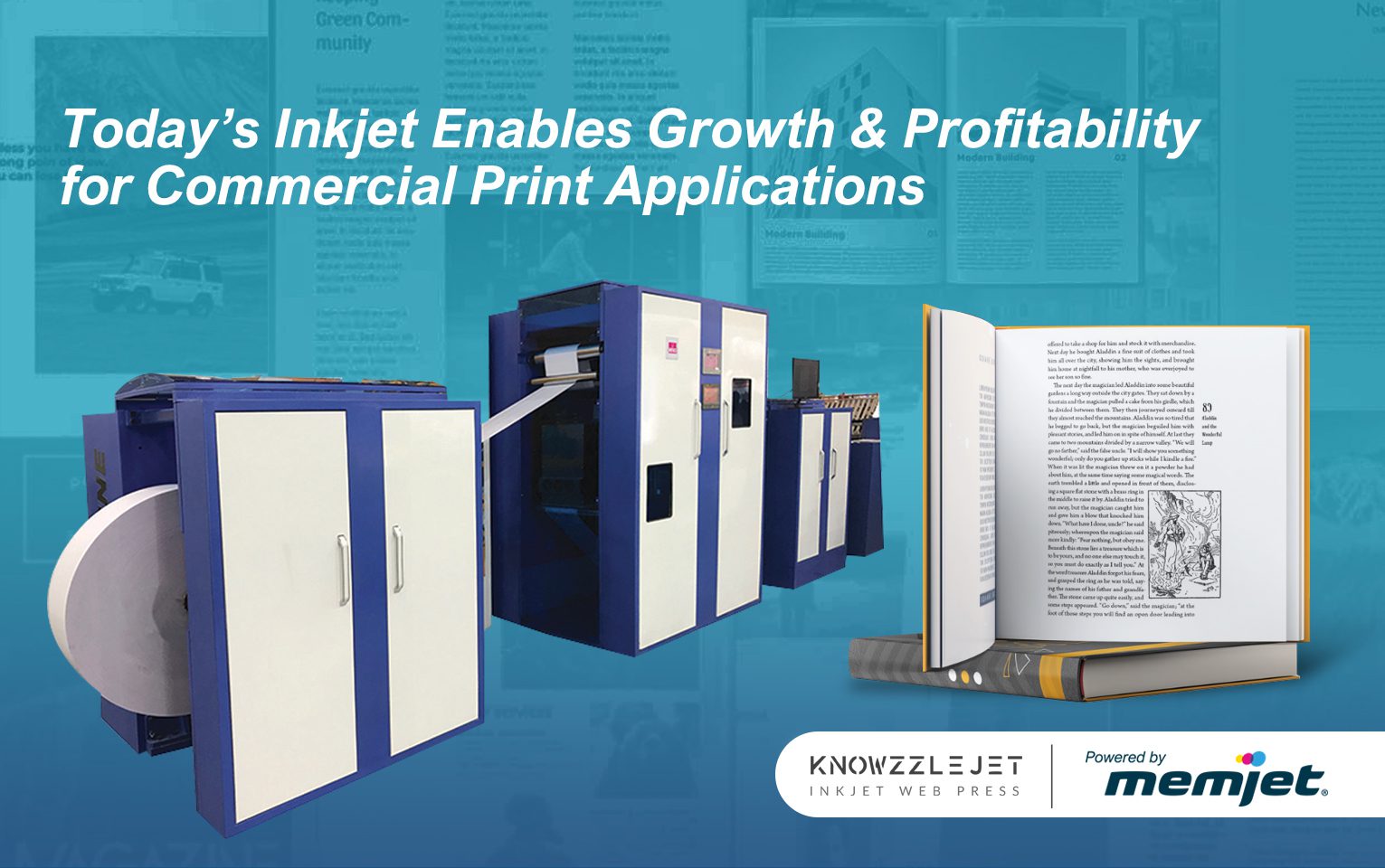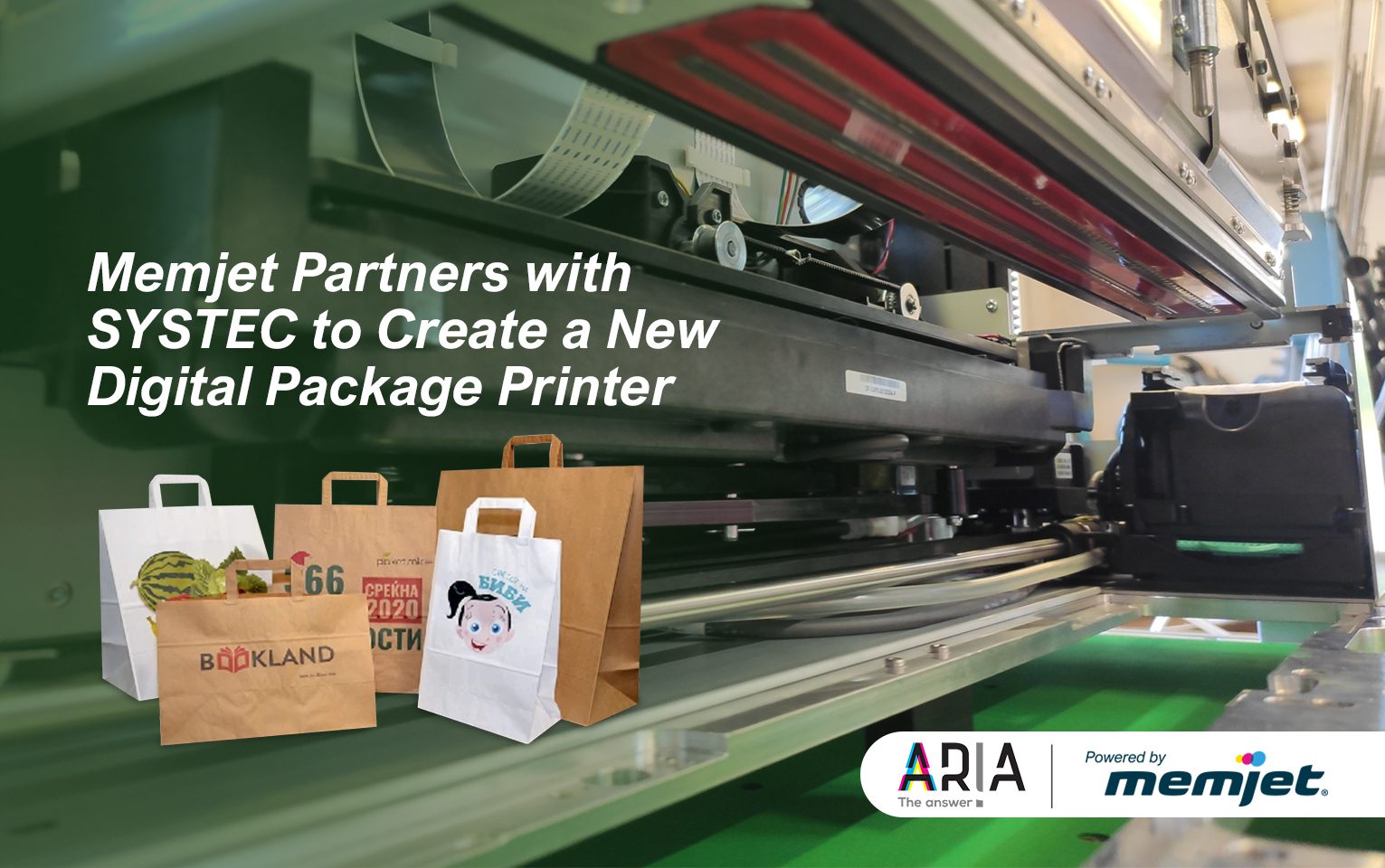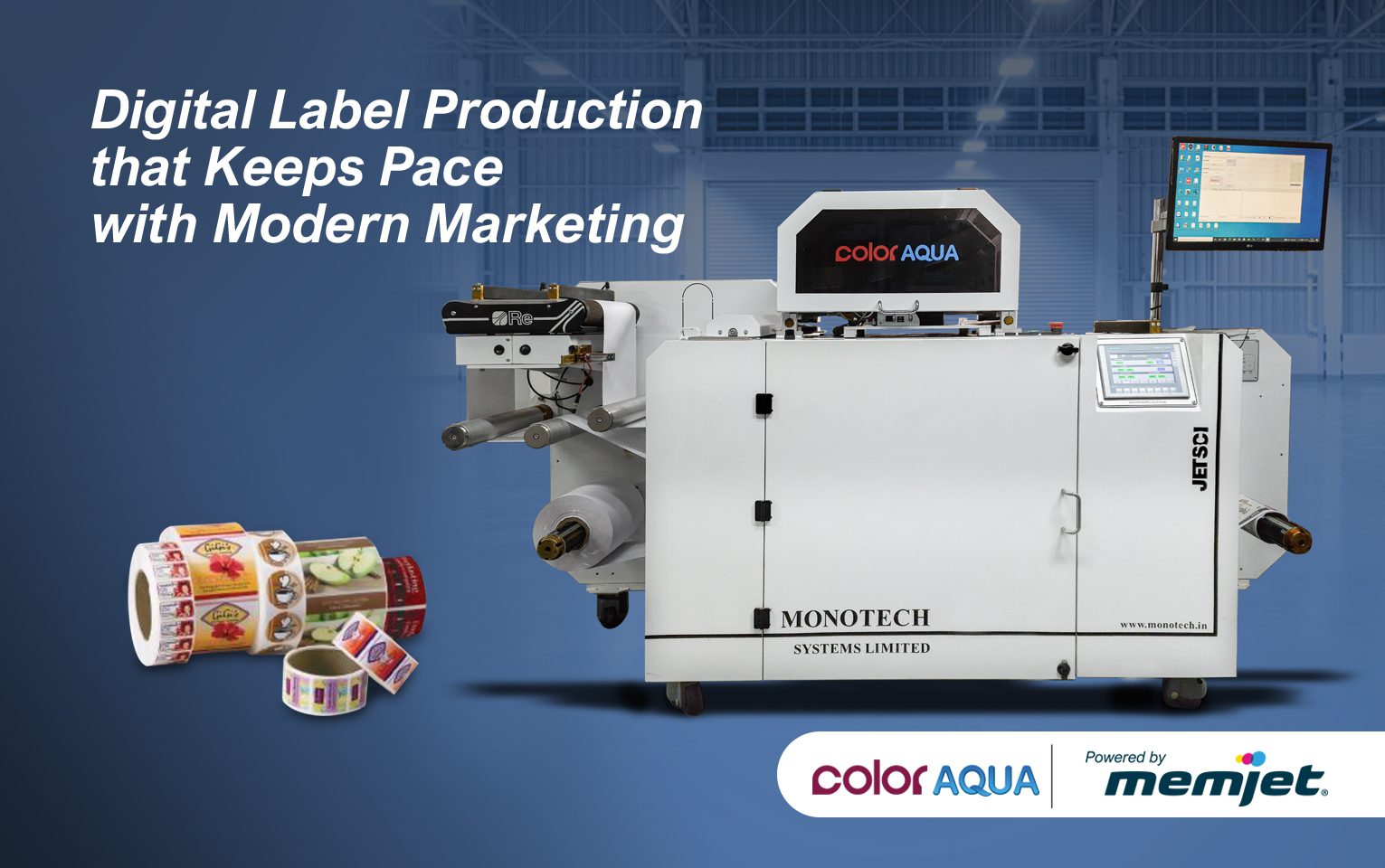PODi General Manager Dave Earlandson recently published a thoughtful post on the opportunities that can be created with digital inkjet printing solutions. In keeping with the theme of our recent posts, we’ve published an excerpt of Dave’s post here. To read the whole post – and get more details on the resources PODi offers – visit the PODi blog.
Inkjet presses set to capture more offset volumes
by Dave Earlandson
For those companies producing digital printing presses with the goal of creating digital technologies that can replace the current analog printing technologies, whether it be offset, flexography or gravure there’s the old saying “How do you eat an elephant? One bite at a time.” The first bite into offset volumes came from digital presses that use electro-photographic principles to transfer toner or liquid ink to the page. The main applications are short run static and short to medium run personalized work. It took many years for the image quality to rival offset, but it is there now. Substrate flexibility issues have been resolved. And the capabilities in terms of gamut, spot colors, and special finishes continue to improve and cover more applications than ever before. But the technology has limitations in terms of speed and costs.
The next generation of digital technology is inkjet and it has received the lion’s share of attention in the industry during the last two drupa’s. Inkjet appears to be scalable, which means we have vendors talking about speeds and formats on par or close to on par with existing offset and flexo technologies. Inkjet can print with outstanding image quality, just not on all of the standard, low cost substrates, especially coated stocks. However, advances in ink technology, primers, and papers are closing the gap. One worrisome issue is the cost of inkjet inks as current costs will ultimately limit the adoption for static production. Experience tells us that costs will decrease as the volumes used increase due to economies of scale. Thus the future of inkjet remains bright.
But since the technology couldn’t replace all the applications from the start it is biting off applications in chunks. The sweet spot for the first adopters of inkjet technology are the applications that
- Require low to medium image quality
- Run on uncoated stocks or a suitable inkjet treated paper
- Have low coverage (lots of text)
- Personalize with mono overprinting on preprinted offset shells
- Suitable for continuous feed
These applications are transactional printing, direct mail (letters) and short run books. The industry is well on its way towards converting these applications to digital color, web-fed inkjet presses. Either companies have made the switch or they are studying their options, and probably waiting for capital to be available. It’s not a question of “if”, but rather “when”.
Inkjet technology is targeting toner as well as offset. New cutsheet inkjet presses are finding applications, like the ones mentioned above, where the current combination of image quality, speed and costs can replace multiple toner-based cutsheet presses.
The next big growth for inkjet technology will come with the ability to print with higher quality on economical, coated stocks. Here the target applications will be for high quality personalized/versioned direct mail, versioned/personalized catalogs and short run work.



